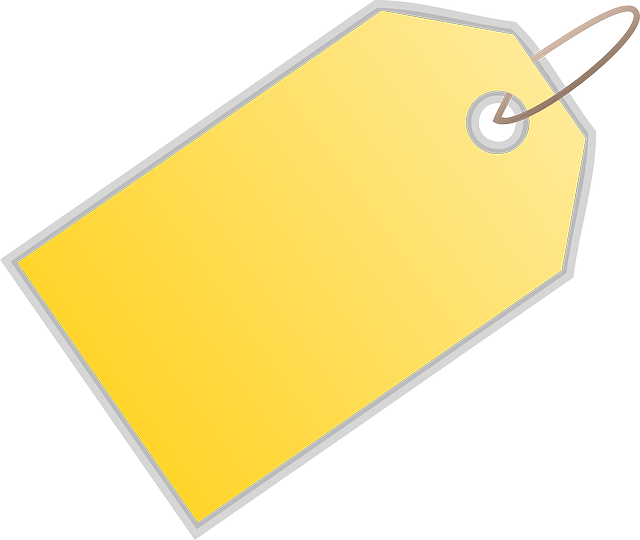Skin tags, medically known as acrochordons, are common harmless growths that can cause discomfort due to friction. In Glasgow, popularity of tag removal procedures reflects desire to address these concerns for cosmetic and comfort reasons. While DIY methods like salicylic acid creams or adhesive strips are affordable, they carry risks. Professional Glasgow Tag Removal services using sterile techniques like cryotherapy offer precise results with minimal discomfort, ideal for numerous tags or sensitive skin. Safe at-home removal requires good hygiene, sterilization, aftercare, and prompt consultation if symptoms persist or worsen.
Are skin tags bothering you? These small, harmless growths can be a nuisance, but many wonder if it’s possible to remove them at home. In this comprehensive guide, we’ll explore everything you need to know about self-removal methods for skin tags, including techniques, considerations, and safety precautions. For those seeking expert help, we’ll also delve into the benefits of professional Glasgow tag removal, ensuring you make an informed decision for effective skin tag management.
- Understanding Skin Tags: What They Are and Where They Appear
- Self-Removal Methods: Techniques and Considerations
- Professional Glasgow Tag Removal: When to Seek Expert Help
- Safety Precautions and Aftercare for Effective Skin Tag Management
Understanding Skin Tags: What They Are and Where They Appear
Skin tags, also known as acrochordons, are small, soft skin growths that typically appear in areas where skin rubs against itself. They are usually harmless and often go unnoticed, but some people may find them aesthetically displeasing or uncomfortable. These growths are commonly found on the neck, armpits, groin, and other parts of the body where skin folds or experiences friction. In Glasgow, tag removal is a procedure that has gained popularity among individuals seeking to address these minor skin concerns.
Despite their name, skin tags have nothing to do with tagging or labeling; instead, they are formed by excess skin and collagen. They can vary in size, from as small as a few millimeters to larger growths resembling tiny warts. While they usually don’t cause any medical issues, people often opt for Glasgow tag removal to improve their appearance or alleviate irritation caused by clothing or jewelry.
Self-Removal Methods: Techniques and Considerations
Self-removal methods for skin tags have gained popularity, offering a more affordable and convenient option for those seeking to get rid of them. However, it’s important to note that some techniques may not be suitable for everyone, and safety should always be the top priority. One commonly discussed approach is using at-home tools or chemicals recommended for Glasgow tag removal. This could involve over-the-counter creams containing salicylic acid or certain types of adhesive strips designed to detach skin tags. While these methods might provide relief, they require careful consideration and adherence to instructions.
When attempting self-removal, individuals should be aware of potential risks and side effects. Skin irritation, bleeding, or infection are possible outcomes, especially if the area is sensitive or the chosen method is not gentle enough. It’s crucial to read and follow instructions precisely and be mindful of any adverse reactions. Consulting with a dermatologist beforehand can offer valuable insights into effective yet safe Glasgow tag removal techniques, ensuring the best results without complications.
Professional Glasgow Tag Removal: When to Seek Expert Help
In some cases, individuals might consider removing skin tags themselves using at-home remedies or over-the-counter products. However, for those with numerous tags or specific concerns, it’s advisable to seek professional Glasgow Tag Removal services. Skilled dermatologists or certified aesthetics specialists in Glasgow have the expertise and tools to effectively and safely remove skin tags, ensuring precise results with minimal discomfort.
Professional Glasgow Tag Removal offers several advantages. Experts can identify and treat tags that might be overlooked at home, preventing potential skin irritation or infection. They employ sterile techniques and specialized equipment, such as cryotherapy or surgery, tailored to the size and type of tag. This ensures a higher success rate and reduces the risk of scarring compared to DIY methods. Consulting a professional is particularly recommended for individuals with sensitive skin or those who want long-lasting results without recurring tags.
Safety Precautions and Aftercare for Effective Skin Tag Management
When attempting to remove skin tags yourself, safety precautions are paramount to prevent infection or complications. Always ensure your hands are clean before handling any affected areas. Sterilize any tools or devices used for removal, such as tweezers or a surgical knife, by soaking them in rubbing alcohol or an antiseptic solution. This step is crucial for Glasgow Tag Removal to minimize the risk of introducing bacteria that could cause inflammation or an infection.
After successfully removing a skin tag, proper aftercare is essential for effective management. Keep the treated area clean and dry, avoiding any harsh scrubbing or irritation. Applying a cool compress can help reduce swelling and discomfort. Monitoring the area for signs of infection, such as redness, warmth, or pus, is vital. If any of these symptoms persist or worsen, consult a healthcare professional immediately. This proactive approach ensures your skin tag removal efforts are safe and successful.
While there are DIY methods for removing skin tags, it’s important to recognize when professional assistance is necessary. For those seeking Glasgow tag removal, consulting a dermatological expert can provide safe and effective solutions. Understanding the various techniques, including those discussed in this article, empowers individuals to make informed decisions regarding their skin health. Remember, proper aftercare and safety precautions are vital for managing skin tags successfully.
